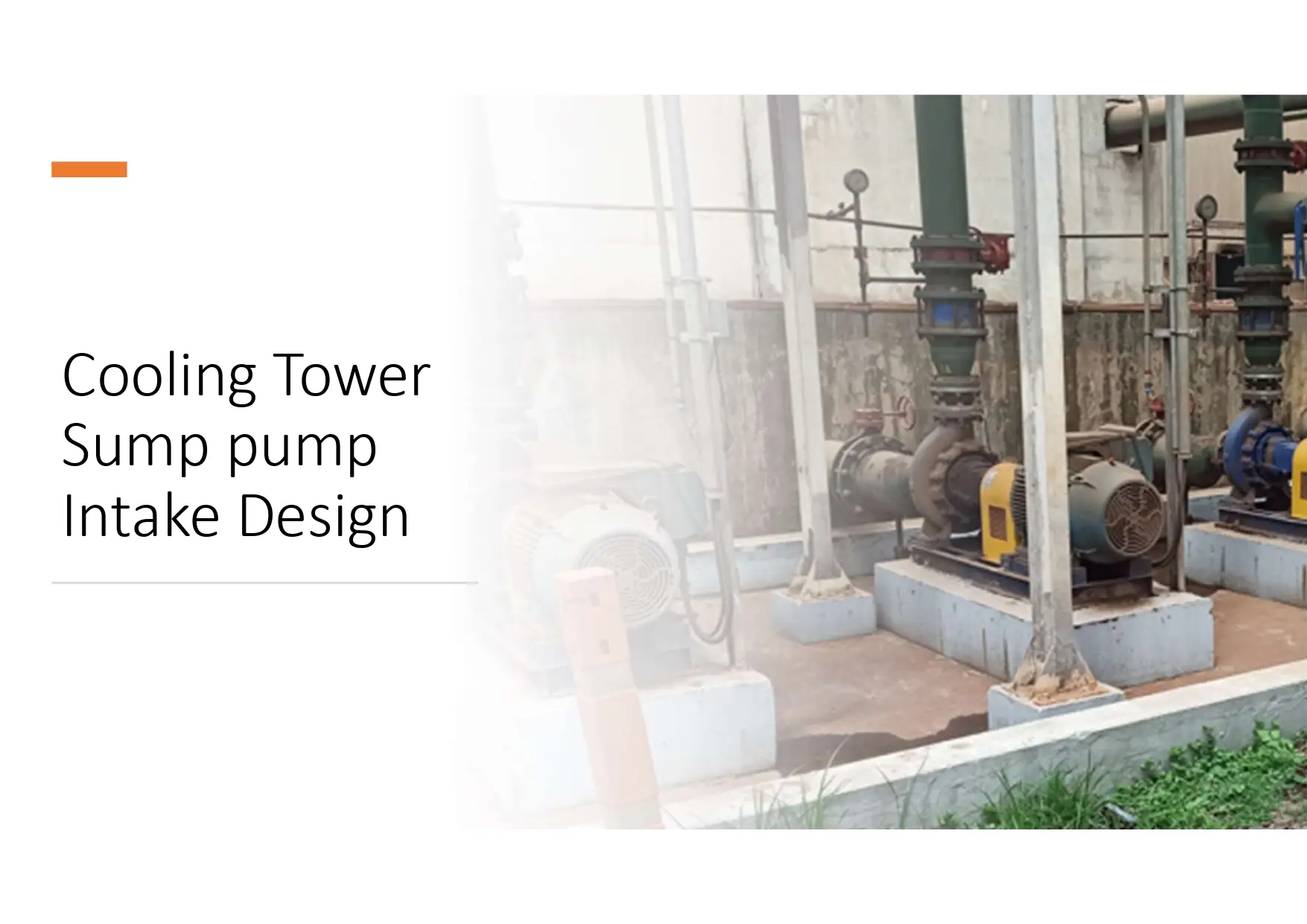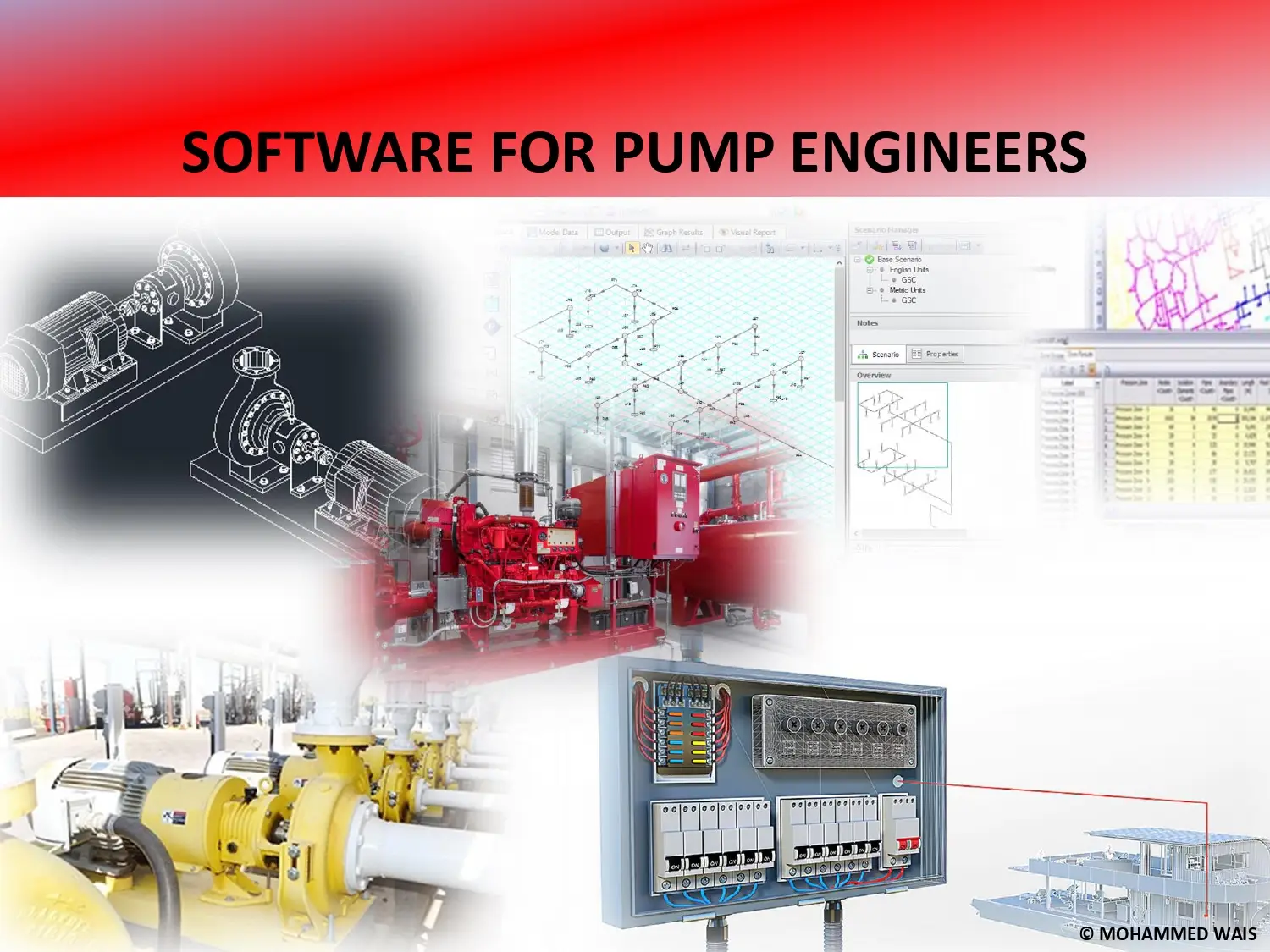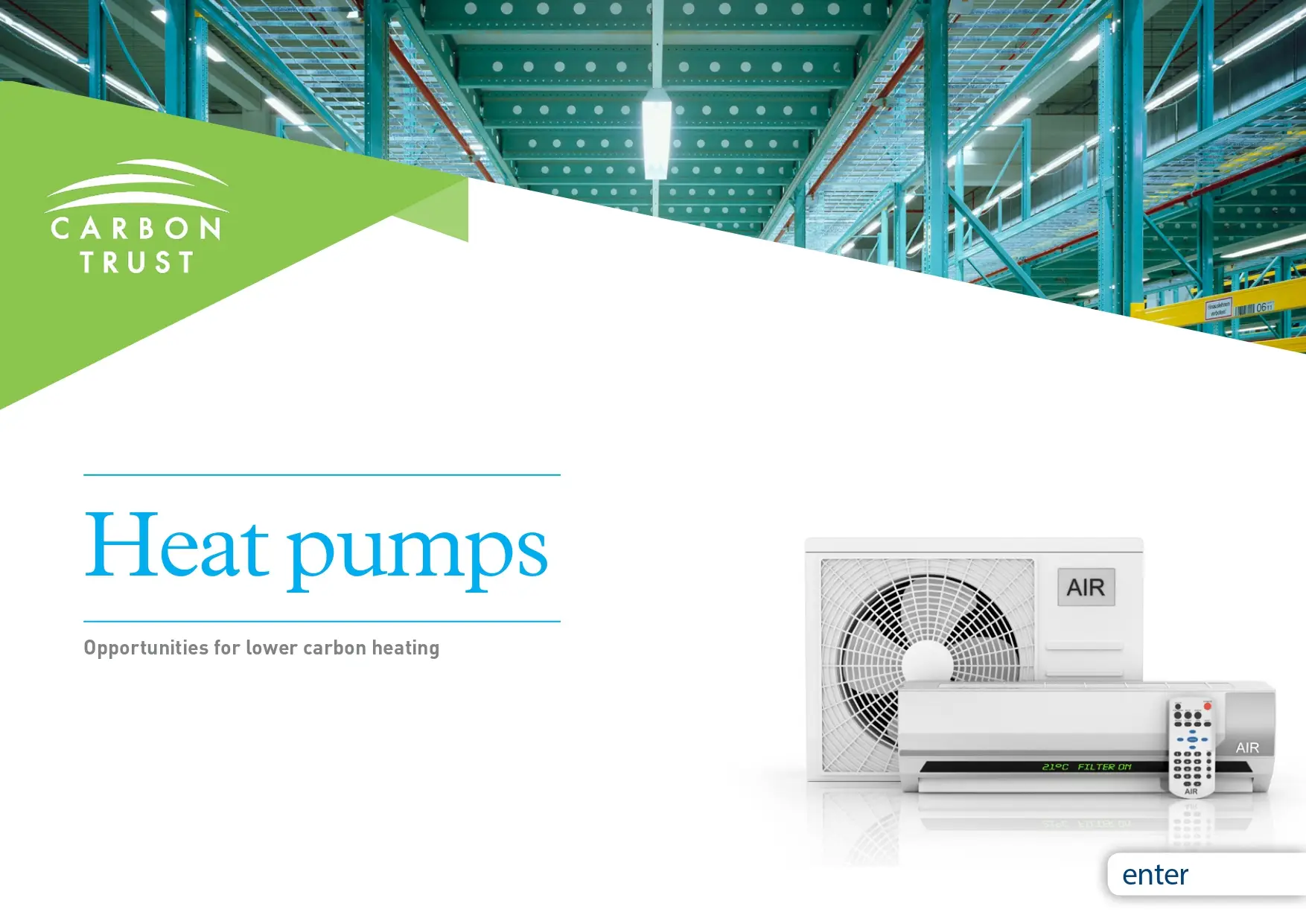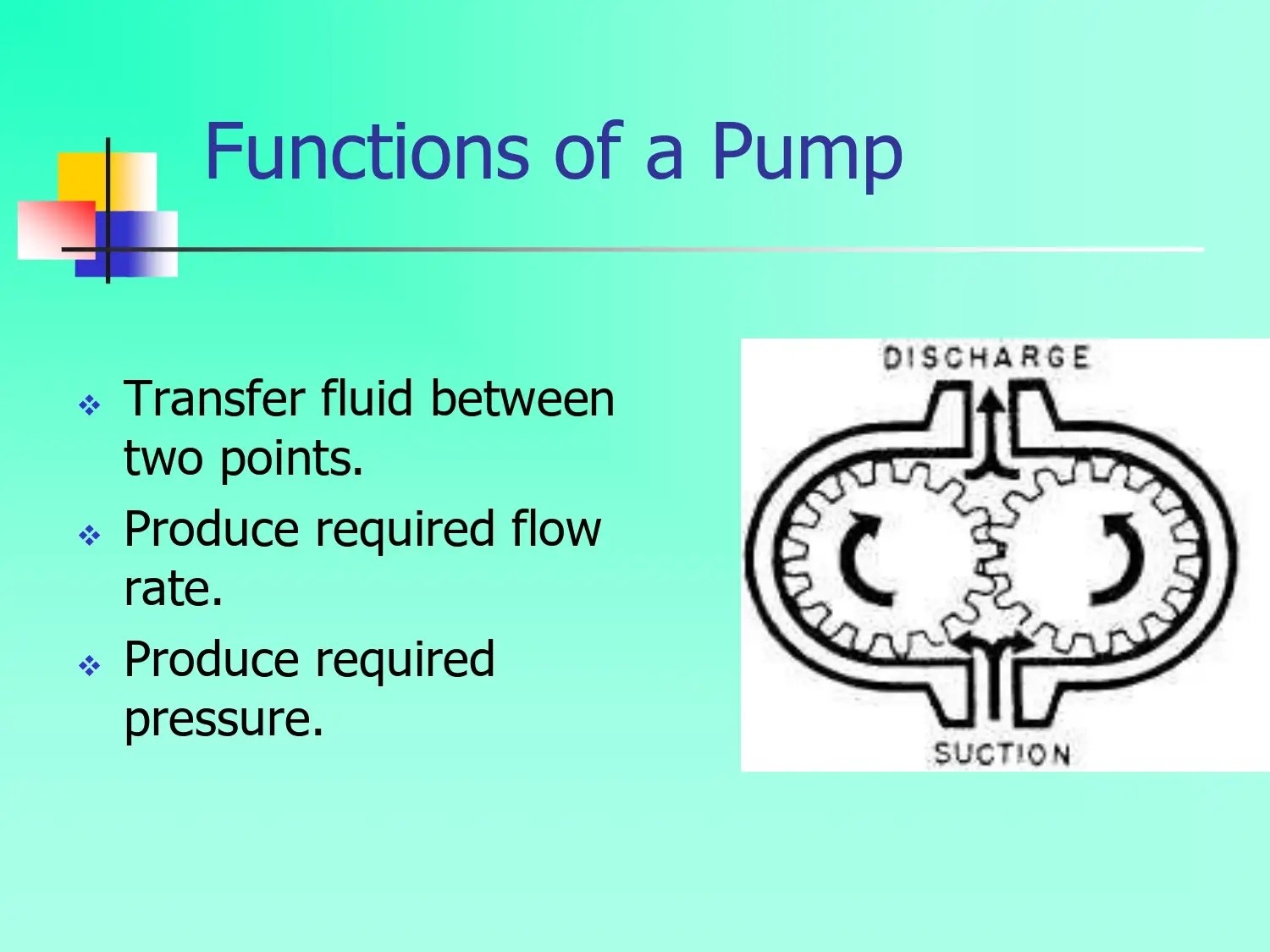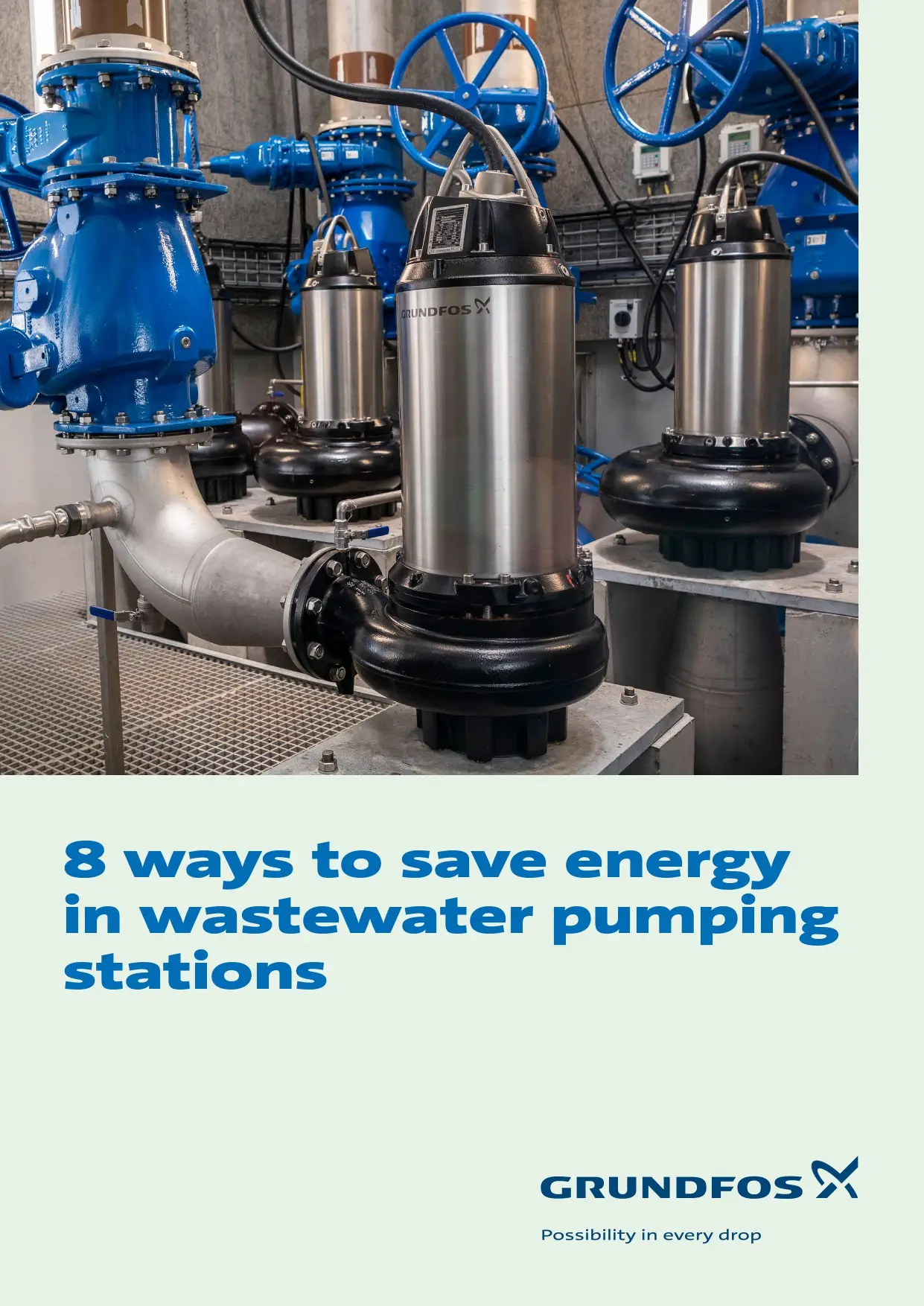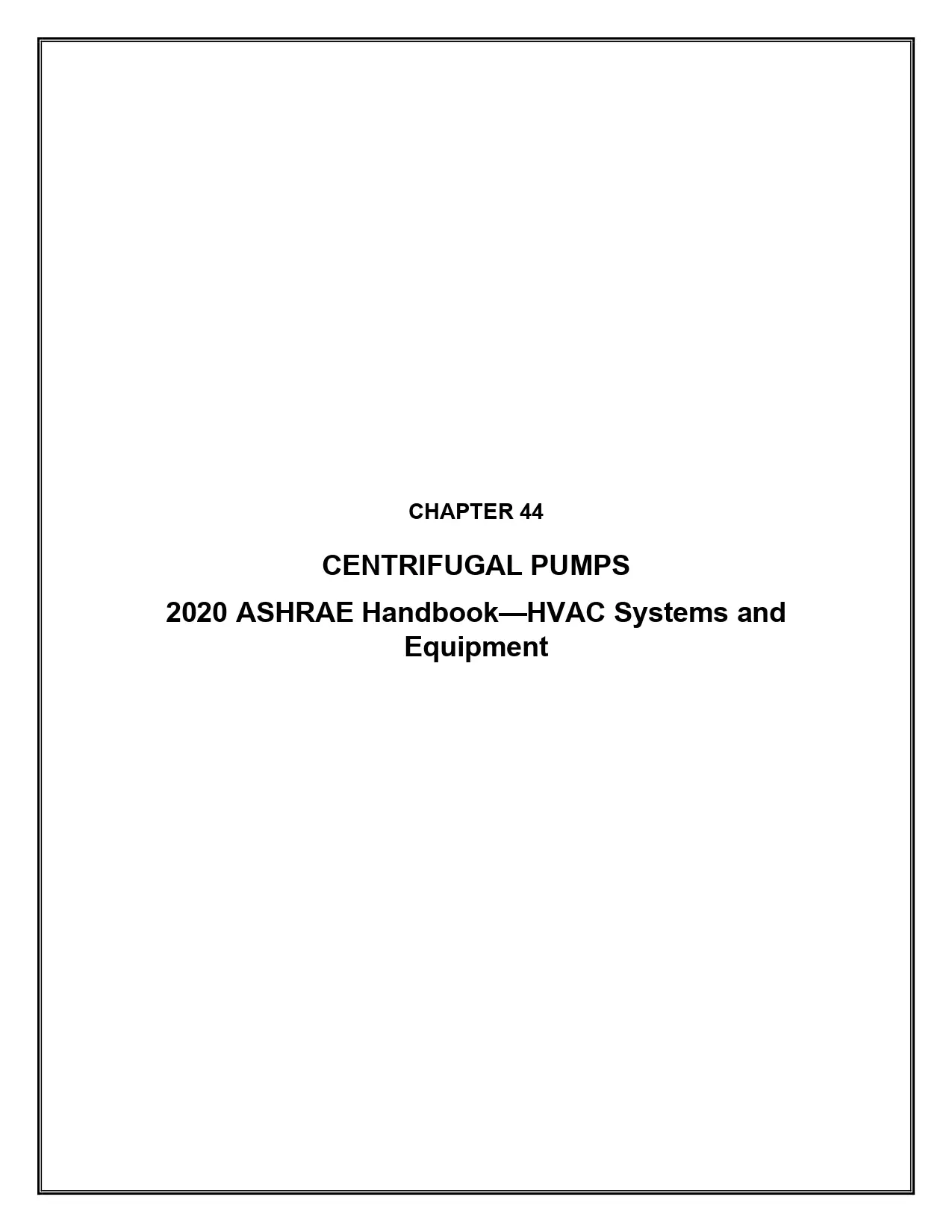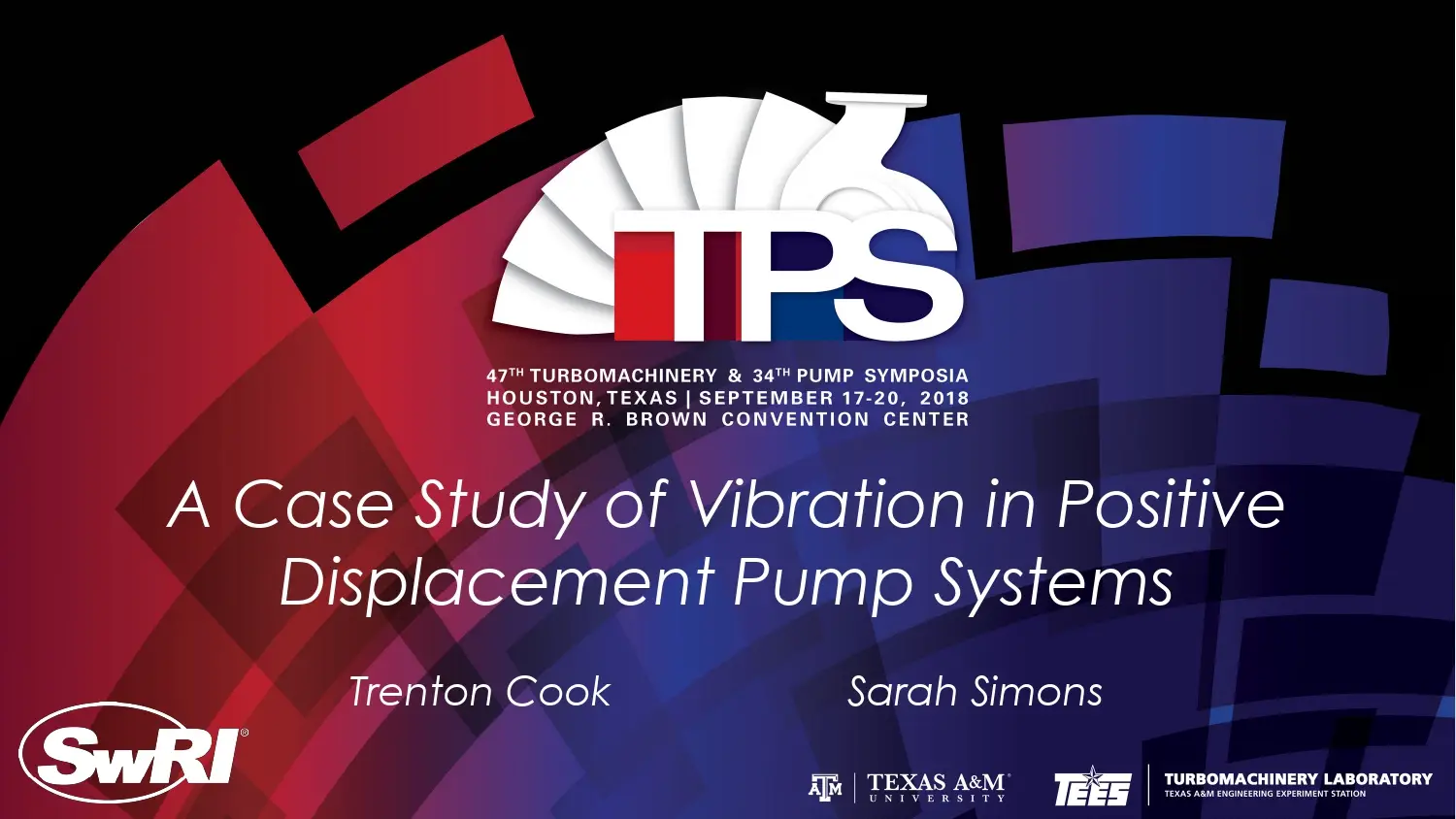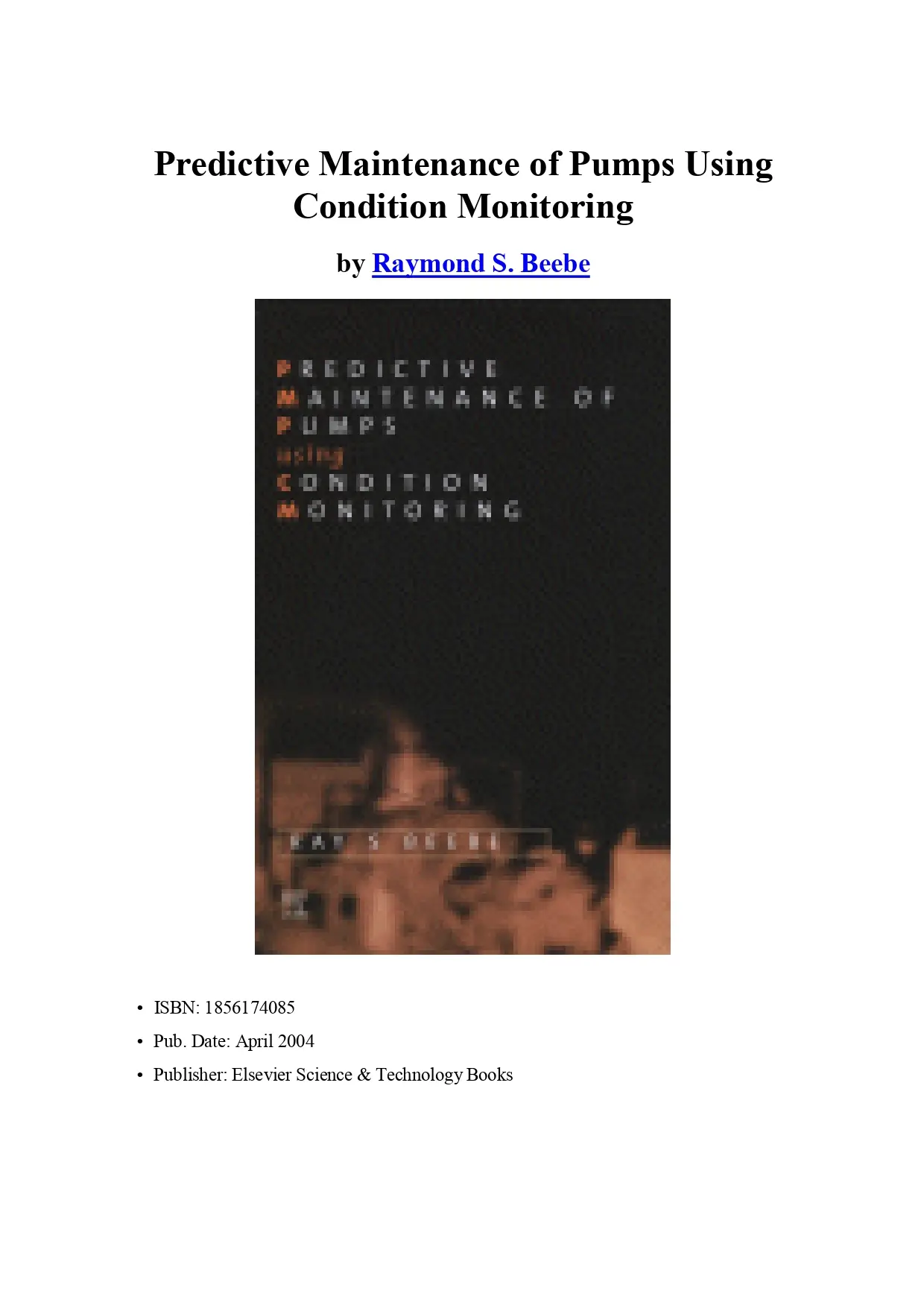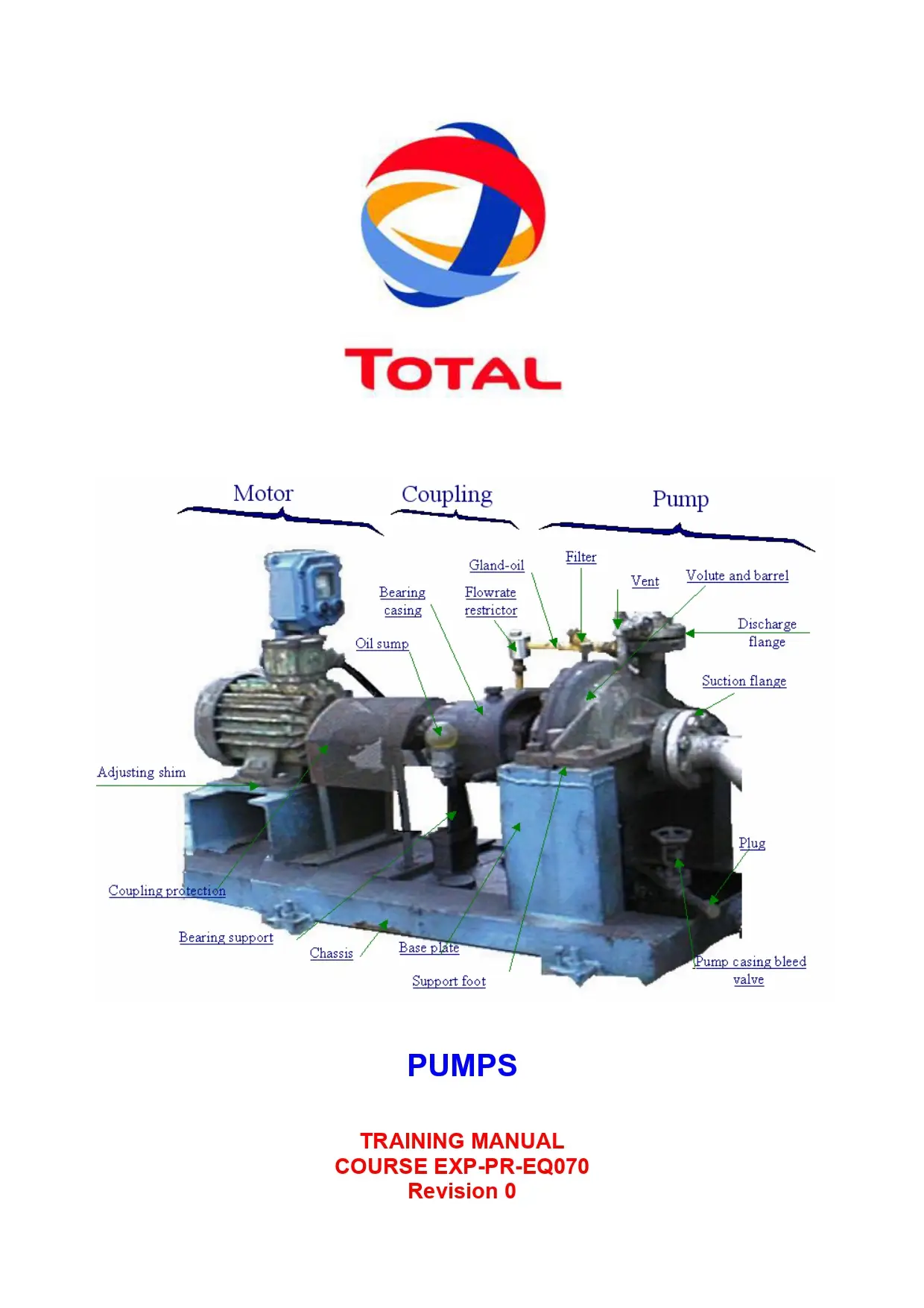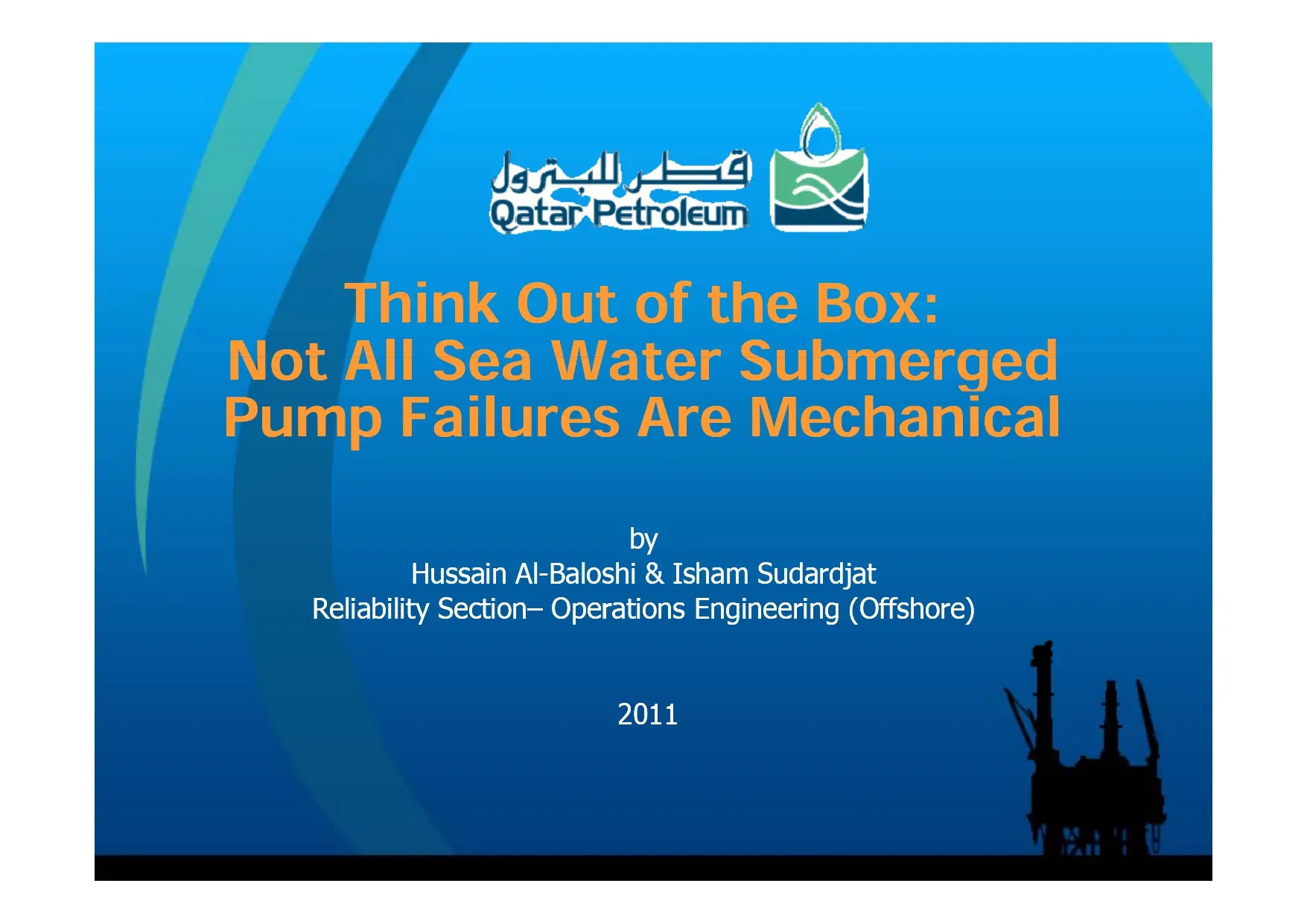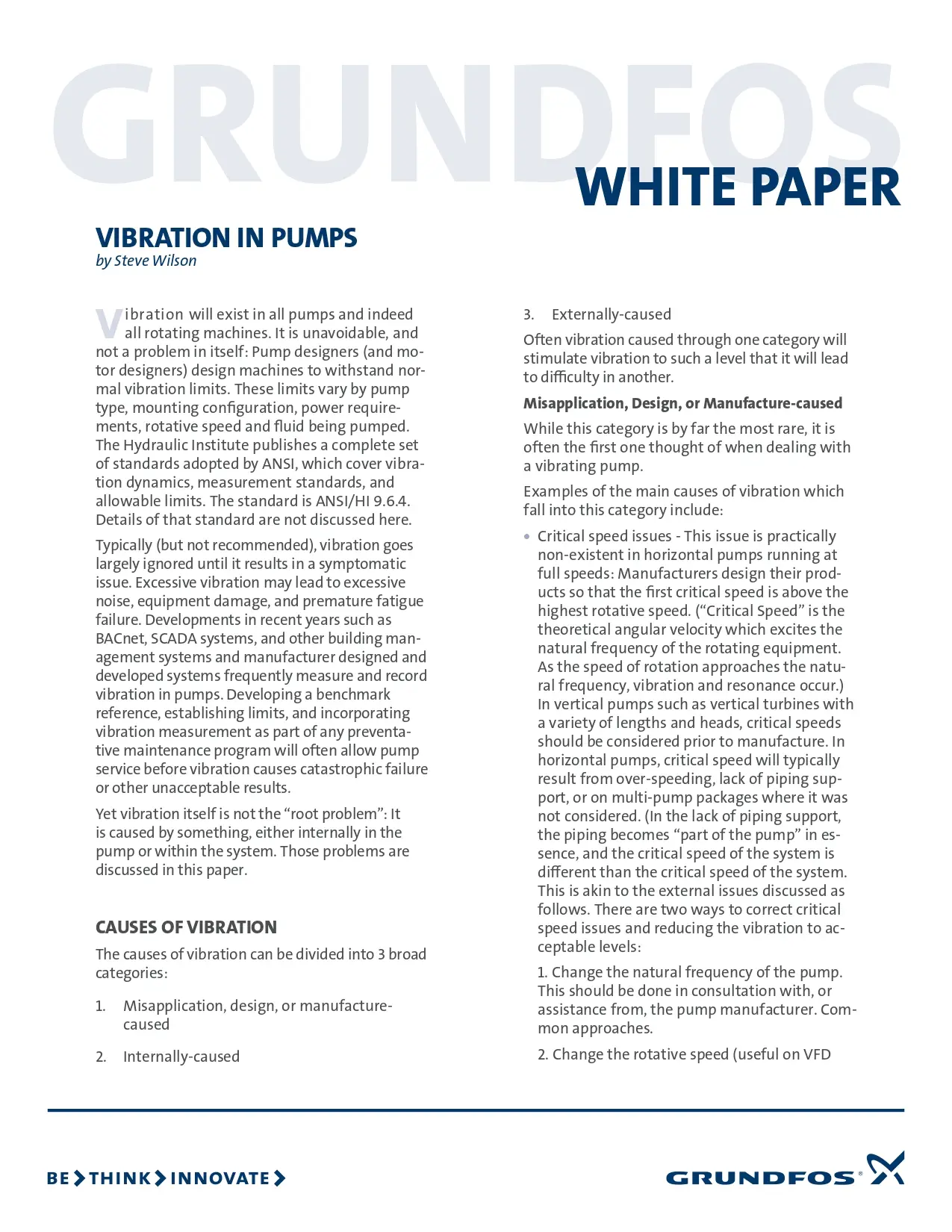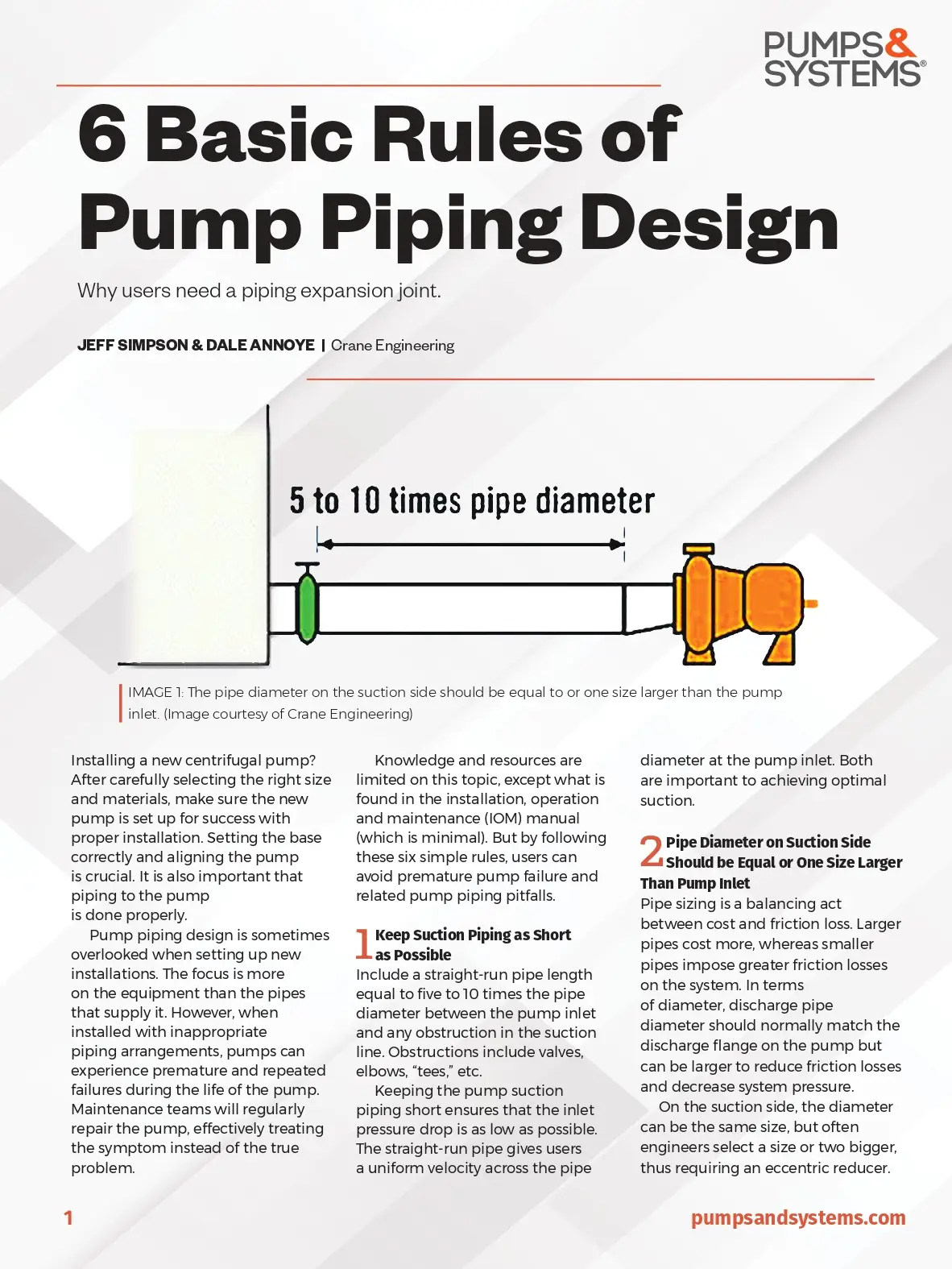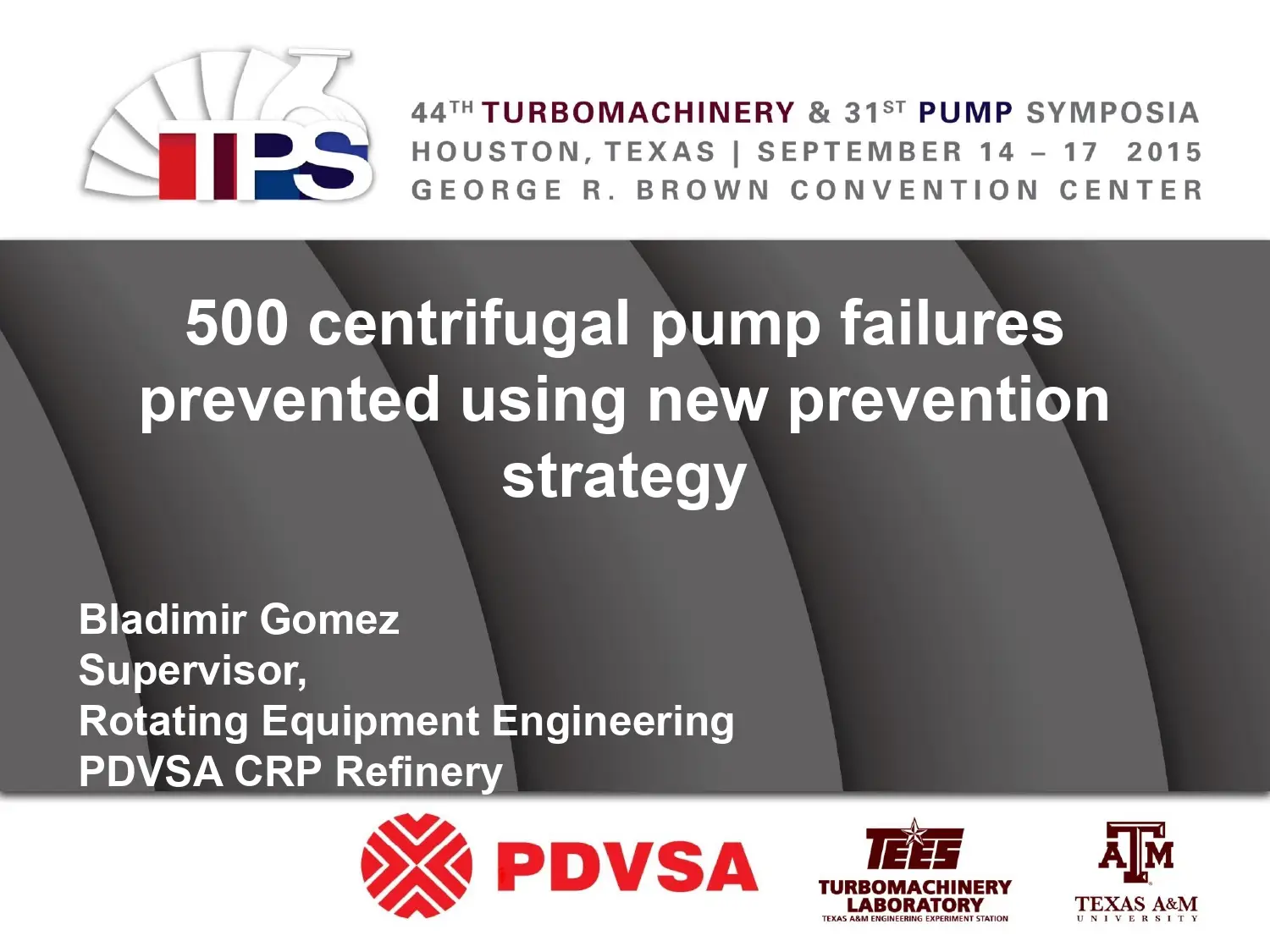A Case Study Of Vibration In Positive Displacement Pump Systems
Positive displacement pump systems can experience high piping vibrations. System vibration can have many root causes- including underdamped fluid pulsations, mechanical resonance, and poor skid design.
A Case Study Of Vibration In Positive Displacement Pump Systems
Positive displacement pump systems can experience high piping vibrations. System vibration can have many root causes- including underdamped fluid pulsations, mechanical resonance, and poor skid design.
Training Module On Operation And Maintenance Of Pumps In Rural Water Supply Systems
In general, a water supply system consists of infrastructure for catchment, for treatment, for storage, for pumping and for distribution of potable water. Infrastructure for pumping is only necessary when natural elevations of the area are not enough to overcome energy losses. If water is produced on a high location the water can flow by gravity to the consumers.
Training Module On Operation And Maintenance Of Pumps In Rural Water Supply Systems
In general, a water supply system consists of infrastructure for catchment, for treatment, for storage, for pumping and for distribution of potable water. Infrastructure for pumping is only necessary when natural elevations of the area are not enough to overcome energy losses. If water is produced on a high location the water can flow by gravity to the consumers.


